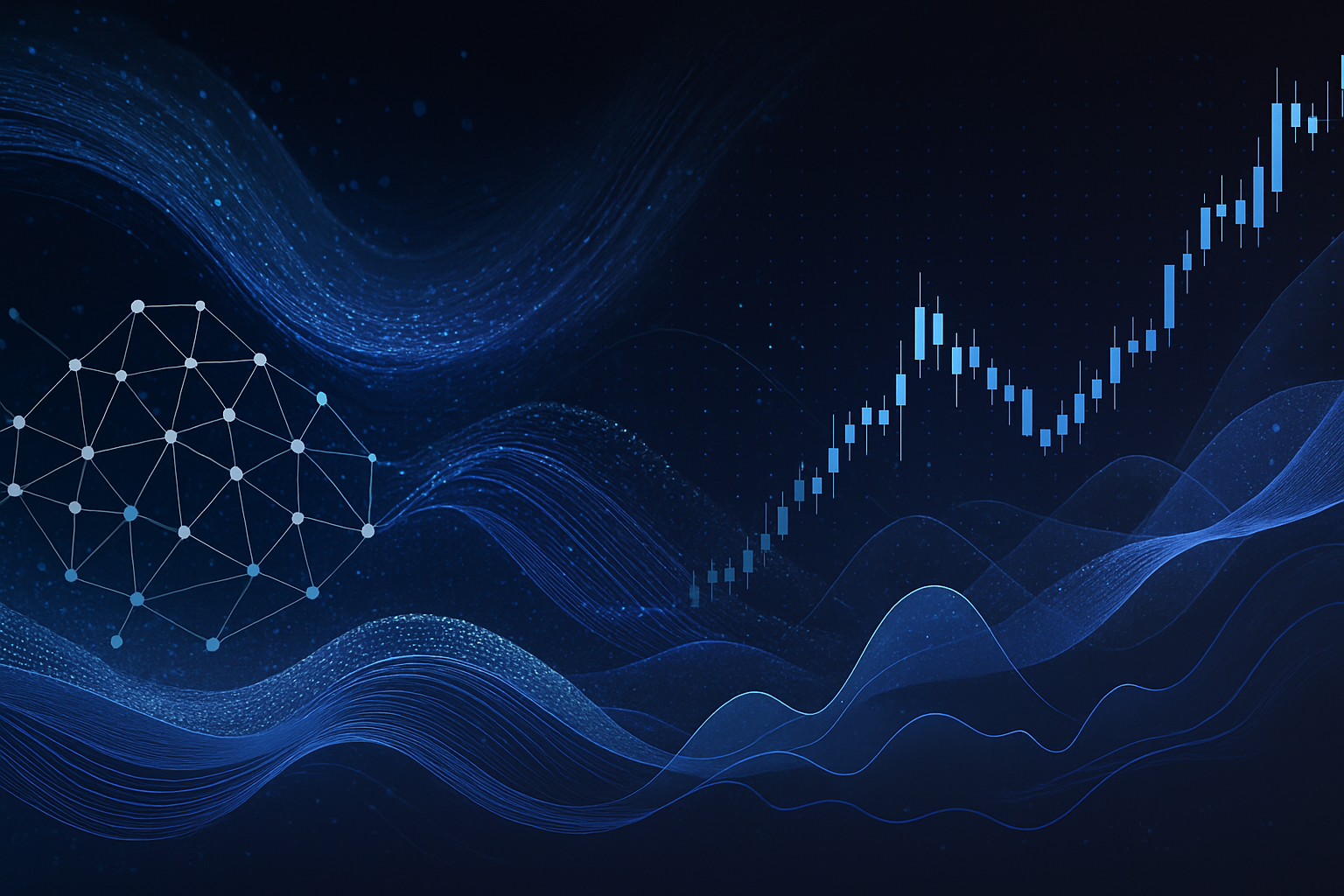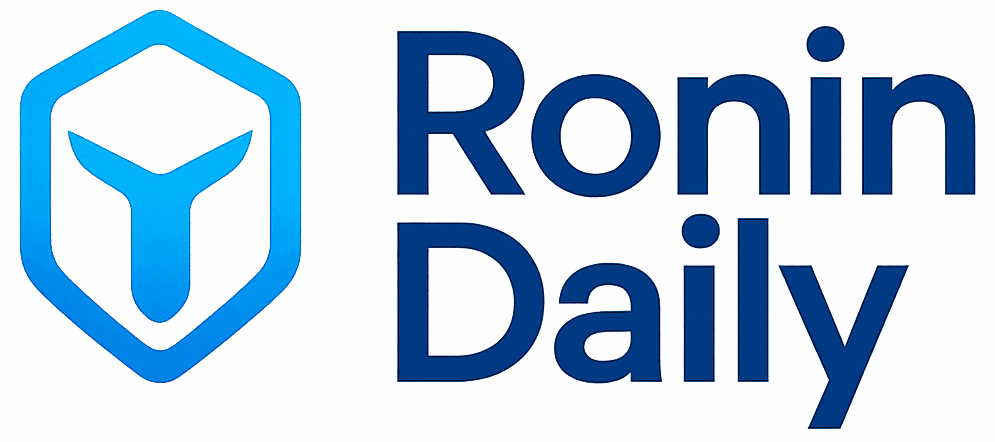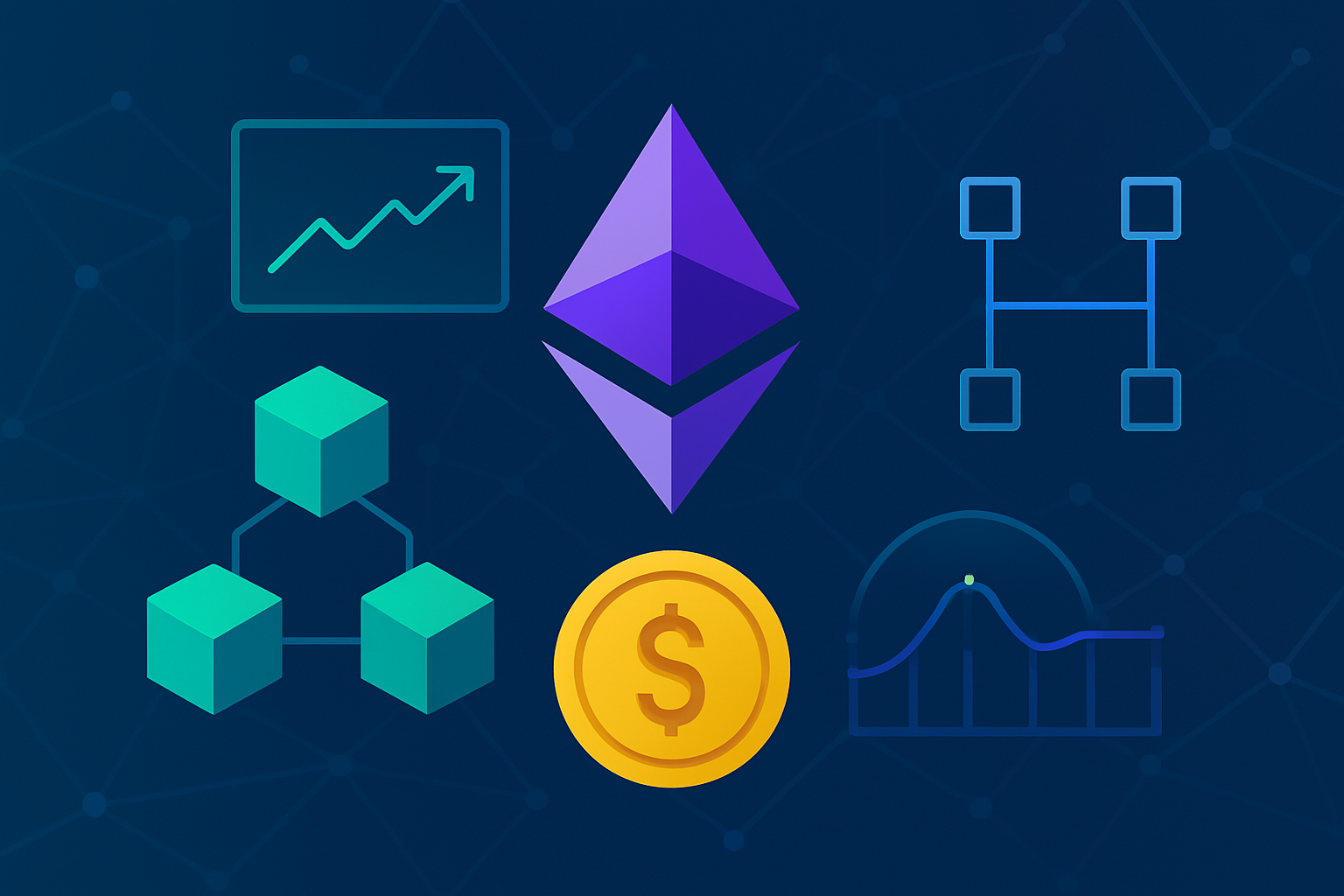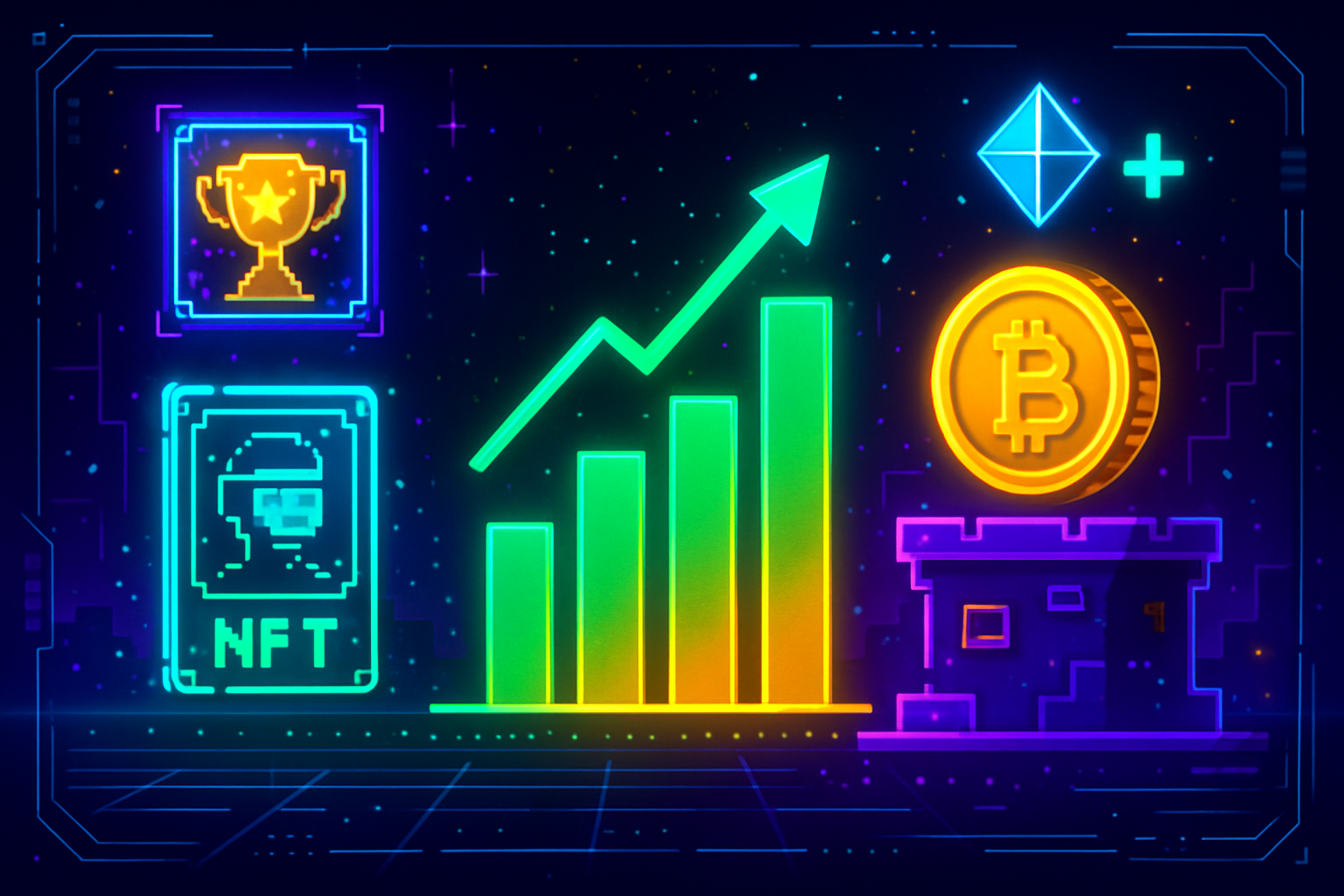
Ronin Network’s transformation from a bespoke sidechain into a full Ethereum Layer 2 (L2) marks a watershed moment for both blockchain gaming and the broader Web3 landscape. As of November 2025, Ronin’s integration with Optimism’s OP Stack is not just a technical migration; it is a foundational upgrade that positions Ronin at the heart of Ethereum’s rapidly expanding Superchain ecosystem. This move is already reshaping transaction speeds, security, and developer incentives across the network.
Ronin’s OP Stack Upgrade: The Technical Leap
The decision by Ronin’s validators to adopt the OP Stack was driven by the need for scalability, security, and interoperability. Historically, Ronin operated as a sidechain to support Axie Infinity, but limitations in throughput and security became apparent as user demand surged. By leveraging Optimism’s modular OP Stack, Ronin now inherits Ethereum’s robust security guarantees while achieving block times as low as 100,200 milliseconds, enabling up to one million transactions per second.
This dramatic improvement in performance is not theoretical. Early metrics since the migration show transaction speeds up to 15x faster than previous benchmarks, allowing seamless experiences for high-volume use cases like Web3 gaming, NFT minting, and DeFi protocols. For users and developers alike, this means lower latency and virtually no bottlenecks during peak activity.
“Becoming an L2 will mean Ronin will have full control over its tech stack. This includes control on future upgrades, self-governance and deeper interoperability with the Ethereum ecosystem. ”
Superchain Integration: Unlocking Network Effects
The real power of the Ronin OP Stack upgrade lies in its integration into Optimism’s Superchain, a federated network of L2s sharing infrastructure and liquidity. This collective already processes 60% of all Ethereum L2 transactions and is projected to reach 80% by year-end. For Ronin builders, this means instant access to cross-chain interoperability with other major rollups using the same OP Stack architecture.
Ecosystem incentives are substantial:
- $5M–$7M in milestone-based grants from Optimism Foundation, Eigen Labs, and Boundless Foundation support new dApps and protocols on Ronin.
- Eligibility for allocations from Optimism’s massive 850 million $OP Retro Fund further sweetens the deal for developers prioritizing impact-driven innovation.
This funding influx aims to supercharge ecosystem growth, attracting new projects while empowering existing teams to scale operations without worrying about prohibitive gas fees or technical silos.
Security Reinvented: Inheriting Ethereum’s Strengths
The migration fundamentally retools Ronin’s security model. As an L2 secured by Ethereum mainnet consensus rather than independent validators alone, Ronin now benefits from battle-tested cryptoeconomic guarantees. This addresses previous vulnerabilities seen in sidechains, especially critical after high-profile incidents in blockchain gaming history.
No user action is required during this transition: all products continue uninterrupted, $RON remains the native gas token (currently trading at $0.2758), and smart contracts retain their integrity within the new architecture.
Ronin (RON) Price Prediction After OP Stack Superchain Integration (2026-2031)
Professional forecast based on current market data, ecosystem upgrades, and Superchain adoption trends.
| Year | Minimum Price | Average Price | Maximum Price | YoY % Change (Avg) | Market Scenario Insights |
|---|---|---|---|---|---|
| 2026 | $0.22 | $0.38 | $0.60 | +38% | Volatility as markets digest L2 migration; early Superchain integration benefits; possible retrace if adoption slower than forecast. |
| 2027 | $0.33 | $0.53 | $0.80 | +39% | Increased L2 adoption, continued gaming/DeFi growth; grants fuel ecosystem expansion; regulatory clarity boosts confidence. |
| 2028 | $0.45 | $0.68 | $1.05 | +28% | Matured Superchain network effects, more Web3 games onboard; ETH L2 sector attracts institutional interest, but competition intensifies. |
| 2029 | $0.58 | $0.88 | $1.40 | +29% | Ronin entrenched as major gaming L2; broader ETH L2 ecosystem value accrual; possible global crypto upcycle. |
| 2030 | $0.72 | $1.10 | $1.90 | +25% | Widespread Web3 gaming/DeFi adoption; OP Stack upgrades drive performance; $RON utility as gas and governance token increases. |
| 2031 | $0.95 | $1.38 | $2.45 | +25% | Potential for Ronin to be among top L2s; macro adoption of blockchain gaming; new use cases and scaling tech could drive further upside. |
Price Prediction Summary
Ronin’s transition to an Ethereum L2 via the OP Stack and integration into the Superchain ecosystem is projected to drive substantial price appreciation through 2031. With enhanced scalability, security, and developer incentives, RON could see a progressive increase in value, especially as Web3 gaming and DeFi sectors expand. However, price volatility is expected, particularly in the early years post-upgrade, as markets adjust to the new technological landscape and competitive pressures.
Key Factors Affecting Ronin Price
- Successful integration and adoption of the OP Stack and Superchain.
- Sustained growth in Web3 gaming and DeFi on Ronin.
- Broader Ethereum L2 market expansion and competition.
- Grant funding and developer incentives attracting new projects.
- Regulatory clarity or uncertainty impacting market sentiment.
- Macro crypto market cycles and global adoption trends.
- Improvements in network security, scalability, and user experience.
Disclaimer: Cryptocurrency price predictions are speculative and based on current market analysis.
Actual prices may vary significantly due to market volatility, regulatory changes, and other factors.
Always do your own research before making investment decisions.
The Road Ahead for Developers and Users
This upgrade isn’t just technical, it unlocks new creative frontiers for game studios, DeFi architects, NFT artists, and protocol engineers building on Ronin. The combination of ultra-fast finality, Superchain liquidity pools, milestone grants, and full EVM compatibility creates fertile ground for next-generation Web3 applications.
Dive deeper into how these changes impact your project or portfolio by exploring our dedicated guide on what developers need to know about the OP Stack upgrade.
Ronin’s OP Stack upgrade delivers immediate benefits for the ecosystem’s core verticals: Web3 gaming, NFT infrastructure, and DeFi. With block times now rivaling centralized exchanges and a throughput ceiling high enough to support mainstream adoption, developers can architect experiences that were previously impractical on legacy chains. The result? Seamless in-game economies, real-time NFT minting, and composable DeFi protocols, all with negligible wait times and predictable costs.

For users, the transition is frictionless. Existing wallets, dApps, and assets remain fully functional throughout the migration. $RON continues to serve as the native gas token, now with dramatically reduced fees thanks to L2 economics. As of November 2025, $RON trades at $0.2758, giving both players and investors a clear reference point for evaluating network growth and ecosystem health.
Interoperability is another major win. By aligning with Optimism’s Superchain standards, Ronin enables seamless cross-rollup messaging, shared liquidity pools, and unified identity systems. Builders can deploy contracts that interact natively with other OP Stack rollups, unlocking new game mechanics, collaborative DAOs, and multi-chain DeFi primitives without the fragmentation that has historically plagued Web3 development.
What This Means for Web3 Gaming and DeFi
The implications for Web3 gaming on Ronin are profound. Studios can now deliver AAA-quality gameplay experiences underpinned by transparent blockchain logic, without sacrificing speed or user experience. In-game assets move instantly between player accounts or across games built on different Superchain rollups. This fluidity opens up entirely new business models for game publishers: interoperable economies, cross-title tournaments backed by smart contracts, and player-owned asset marketplaces secured by Ethereum’s consensus layer.
In DeFi, the Ronin OP Stack upgrade unlocks access to Superchain-wide liquidity pools while maintaining ultra-low transaction costs for swaps and lending protocols. Builders can tap into shared security while offering products that scale to millions of users, a critical leap as institutional players increasingly explore on-chain finance in 2025.
Key Takeaways for Builders
- EVM compatibility: Deploy Solidity contracts out-of-the-box; migrate existing dApps without refactoring codebases.
- Superchain composability: Build applications that leverage assets or data from any OP Stack chain, no bridges required.
- Sustainable incentives: Access milestone grants ($5M–$7M) plus eligibility for Optimism’s $OP Retro Fund allocations.
- Predictable gas fees: Thanks to L2 scaling design; $RON remains stable at $0.2758.
- No user disruption: All existing products work seamlessly throughout the transition period.
This is only the first phase of Ronin’s evolution as an Ethereum L2 powerhouse. Upcoming roadmap items include ZK-proof research pilots on the OP Stack (for even greater scalability), native account abstraction features for improved UX in gaming dApps, and deeper integrations with EigenLayer restaking modules, further enhancing capital efficiency across the Superchain.
If you’re building or investing in Web3 gaming or DeFi protocols, now is the time to monitor how these network upgrades will impact your strategy. For more technical details or migration guides tailored to your use case, check out our breakdown of how developers can build on Ronin L2 post-upgrade.



